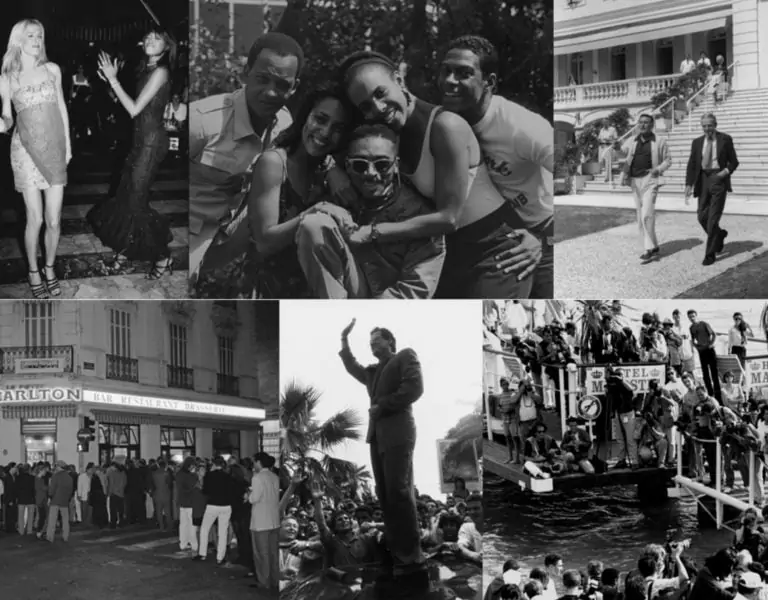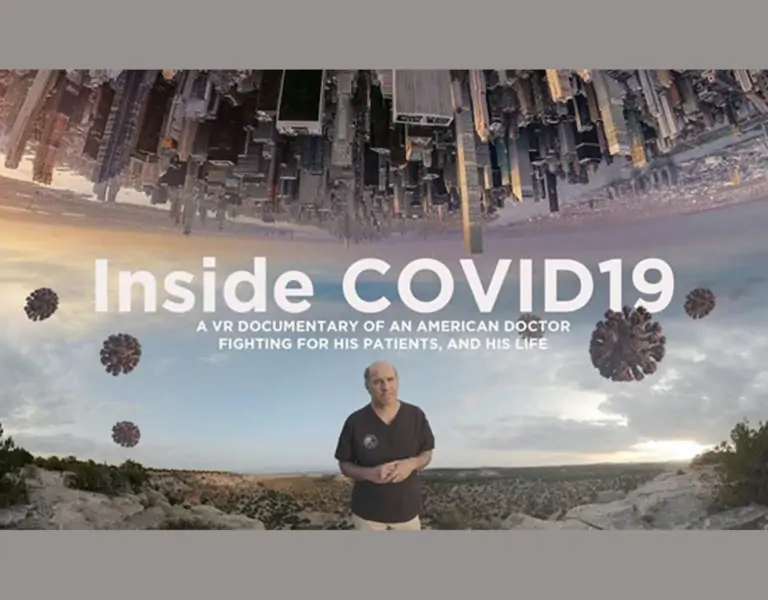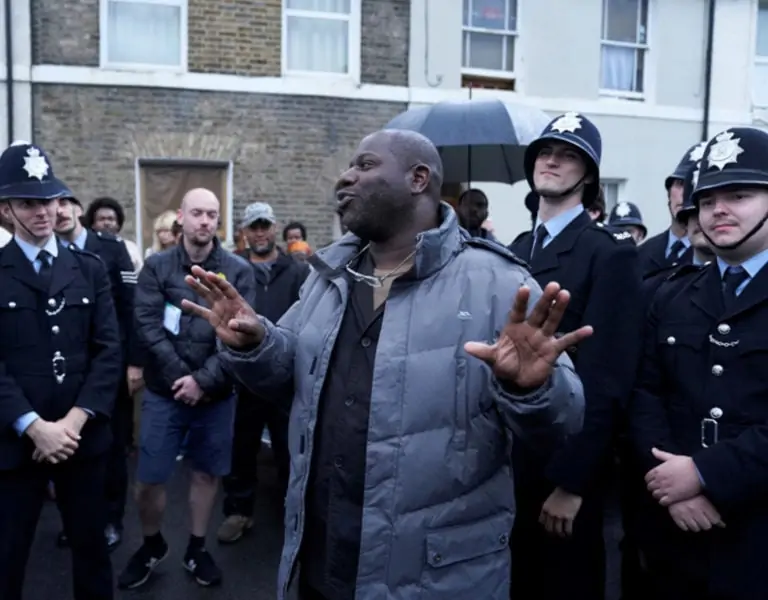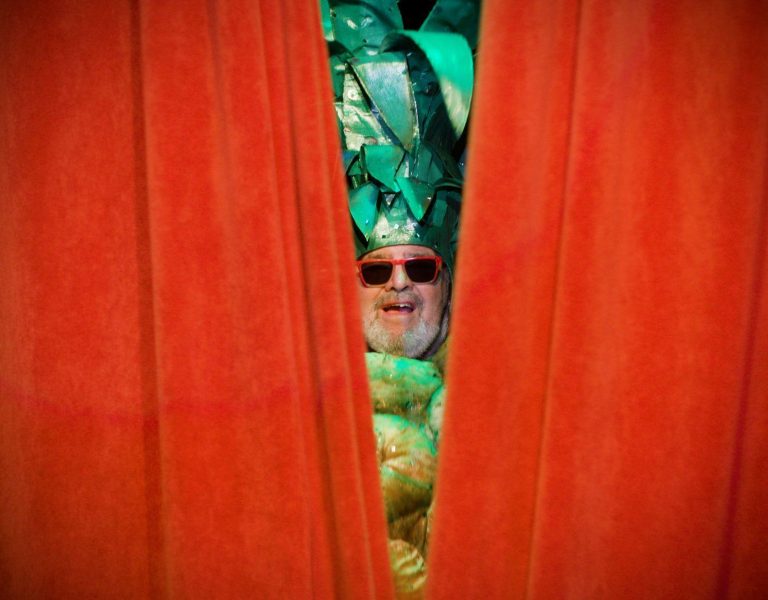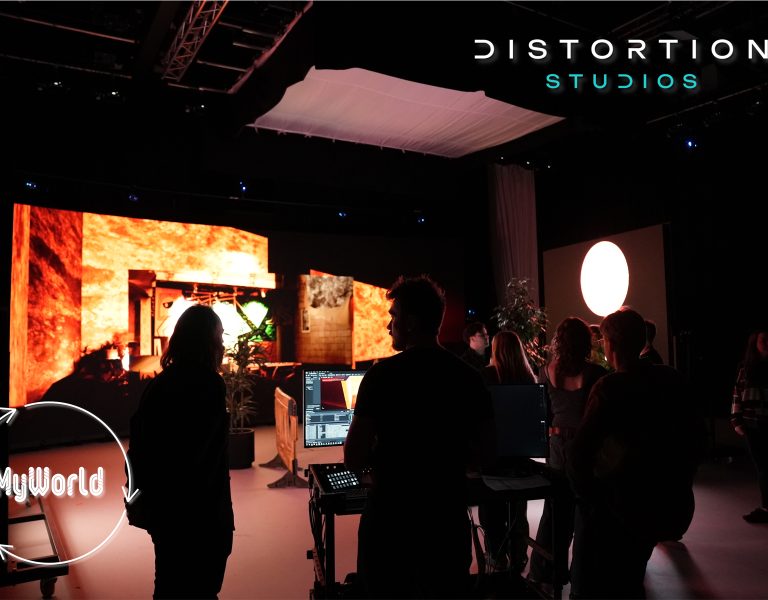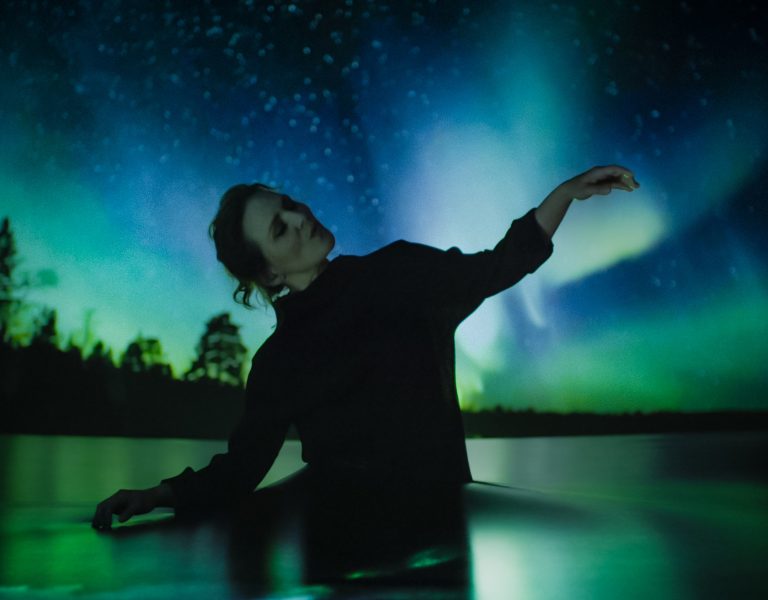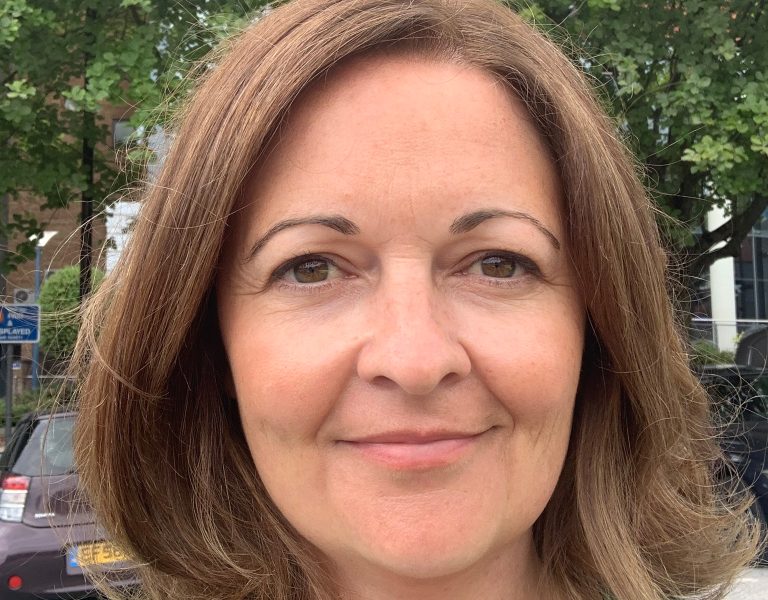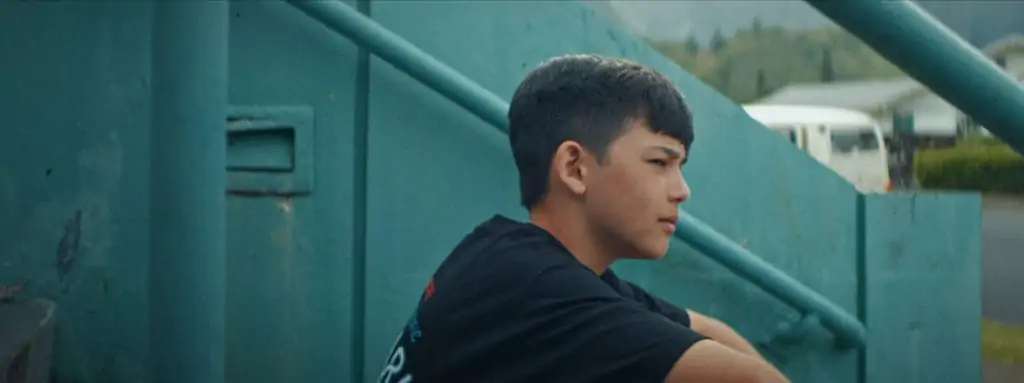
Moloka’i Bound (2019) is a short film written and directed by Alika Maikau. Filmed on location on O’ahu Island, Hawaii, the film is about a wayward young man (Kainoa), recently released from prison, who struggles to reconnect with his son (Jonathan) and Hawaiian heritage.
Director Alika Maikau and cinematographer Chapin Hall managed to shoot an entire movie in five and a half hours. Hall operated the camera, pulled focus and recorded sound at the same time.
Maikau cast Holden Mandrial-Santos (Kainoa) and Austin Tucker ( Jonathan ), two versatile and pliable performers. He allowed the actors to move freely and express themselves naturally. Hall quickly adapted to their performances, crafting fluid handheld shots.
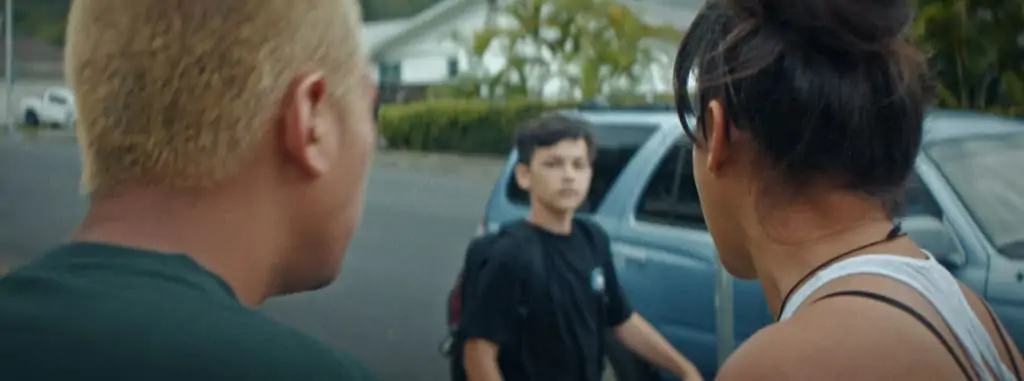


Going handheld was a particularly wise choice because it gave the viewer a greater sense of reality. It’s a conceptually simple yet artistically profound cinéma vérité technique. Hall shot the entire film on a single Atlas Orion 40mm Anamorphic prime lens only two or three feet away from the actors in frame. The filmmakers had very little equipment; they had no G&E gear beyond a single bounce board to backlight to a close-up. Maikau and Hall used their position in relation to the natural arc of the sun.
The film was shot at Āhuimanu Elementary school on the east side of the island and close to the cliffs of the Koʻolau mountains. By around 3pm the sun would disappear behind the mountains and the light would change in colour and tone. This meant the filmmakers had to build the blocking around the path of the sun. Hall used the gold bounce on a few close-ups, when clouds would roll through to keep a warm three-quarter backlight on the faces. Maikau positioned the actors in places that looked interesting and made sense for the story. Anything that would feel unreal was not accepted in their rigorous lighting design.
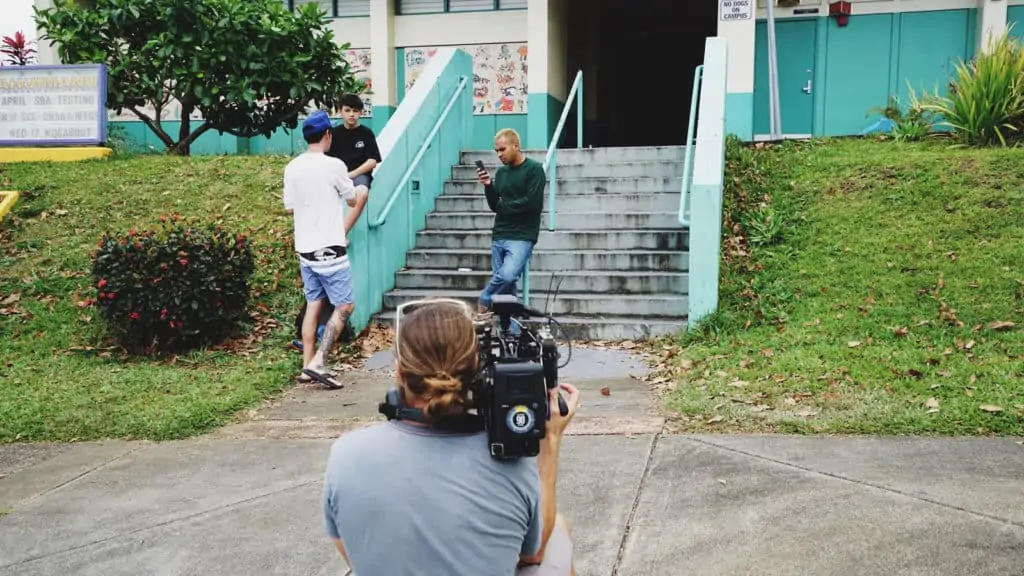


Maikau and Hall chose Atlas Orion 40mm Anamorphics partly because Hall’s friend was the co-founder of the Atlas Lens Co. in LA, where they build Atlas Orion. Atlas Lens Co. offered what Hall and Maikau were looking for in an anamorphic lens both mechanically and optically. The team shot on Sony FS7 Mark 2, which Hall primarily uses for documentaries. The film was finished with DCP and Maikau and Hall edited it in Los Angeles. Their colourist Ryan McNeal has a keen eye for details. McNeal and his wife founded independent colour house RKM Studios.
The team of Moloka’i Bound chose an unusual aspect ratio. Due to shooting on the Sony FS7 and recording a bigger image than they needed, the images were on their sides. When they received the images from McNeal, they were wider than 2.4:1. As Maikau and Hall started to put the final version of the film together with colour and sound, they decided on a slightly wider and shorter image as it gave the filmmakers more room around the two shots. The final version of the film was 2.66 :1 instead of 2.39:1.
Maikau and Hall applied the realism of documentaries to narrative film, but had the advantage of filming multiple takes. Hall’s camerawork helped explore ethical and social issues usually associated with documentary filmmaking. Moloka’i Bound draws a definitive picture of these raw, emotional and instinctual young people. The film is the winner of the Oscar-qualifying Cynthia Lickers-Sage Award for Best Short Work at ImagineNATIVE.
By Karen Pyudik

